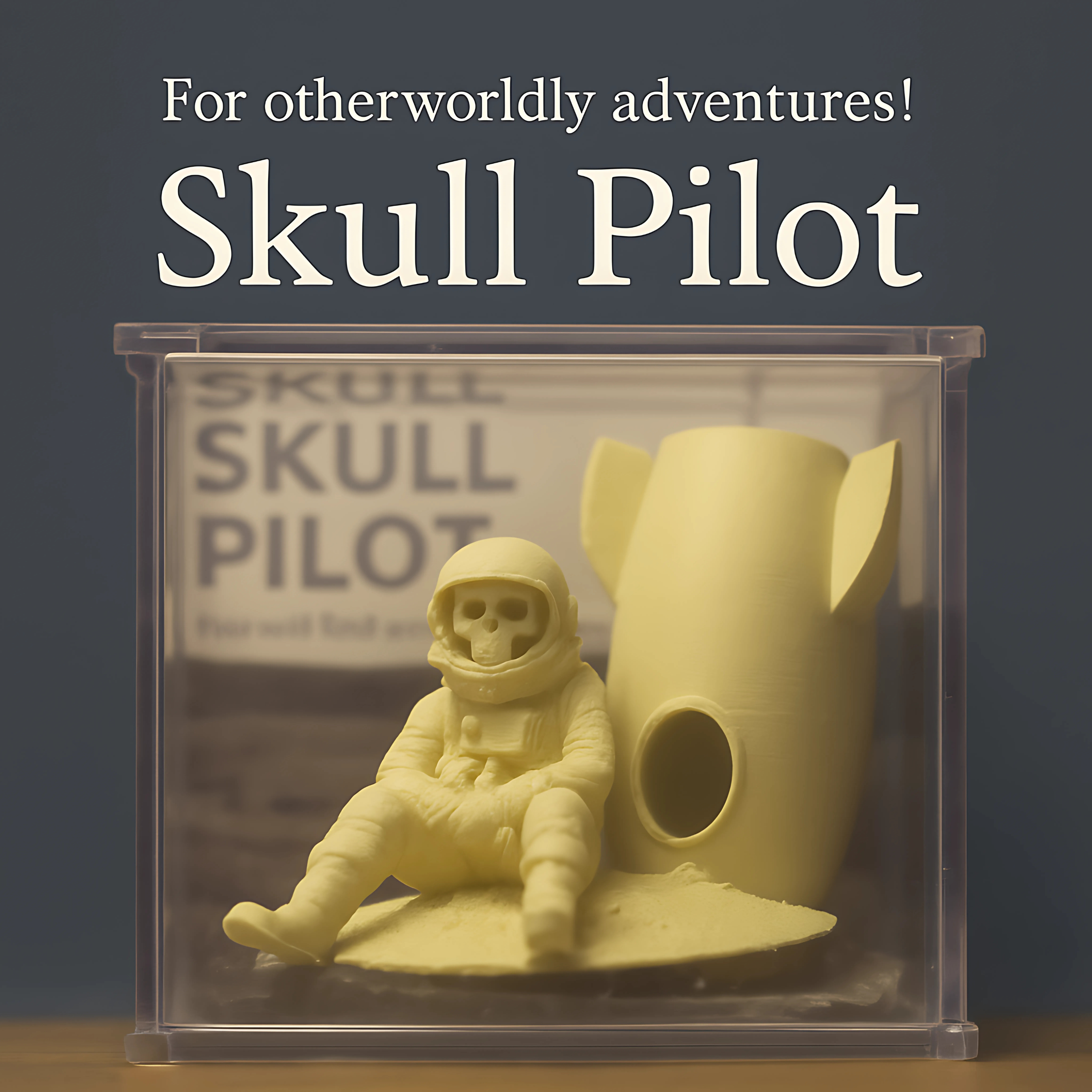Exploring the Relationship Between Music and Toy Photography: An Unseen Connection
- ronniedcreates

- Mar 26
- 4 min read
Updated: May 5
In recent years, both toy photography and music creation have garnered increasing attention as distinct art forms, yet they often remain isolated within their own communities. However, when we delve into the practices and processes behind these two artistic expressions, a fascinating intersection emerges. This blog post aims to explore the unseen connection between music creation and toy photography, shedding light on how they can inspire and influence each other.
The Art of Toy Photography
Toy photography is a relatively new genre of photography that involves capturing images of toys in various settings and scenarios. This art form allows photographers to express their creativity and storytelling skills through the lens of playful constructs. Each photograph not only highlights the intricacy of the toys but also reflects the photographer's vision and narrative.
The appeal of toy photography lies in its ability to convey emotion and storytelling through inanimate objects. Photographers can create entire worlds using miniatures, lighting, and props, crafting epic tales that can resonate with viewers.
In this process, music can serve as a powerful backdrop or even a source of inspiration. Many photographers find that listening to music while they shoot enhances their creative flow, allowing them to immerse themselves in the scene they've set up.
Music as a Creative Backbone
Music holds a transformative power, capable of evoking emotions and creating atmosphere. For toy photographers, the right music can propel their creativity, influencing not just mood but also composition. Soundtracks from films or albums can provide a thematic focus, guiding the direction of the shoot.
For instance, an epic orchestral piece might inspire a toy photographer to create images that convey heroism or adventure, while soft acoustic melodies can elicit feelings of nostalgia or introspection. By creating a soundtrack that complements their visual story, photographers can elevate their work to a new level.
The rhythm and pace of a musical piece can also impact the way photographers frame their shots. Fast beats may encourage quick captures and dynamic angles, while slower tempos may invite contemplative and more delicate compositions.
The Technical Connection Between the Two
Both music creation and toy photography share similar technical principles that can result in a harmonious relationship. Just as a musician considers structure, harmony, and rhythm, a photographer thinks about composition, lighting, and focus.
In music, layering different sounds creates depth, similarly to how layers in a toy photograph can add complexity. For example, a wide shot may incorporate several toys in varying layers of focus, just as a musician might use harmony and counterpoint. This juxtaposition highlights how both crafts depend on the thoughtful arrangement of elements to create a nuanced final product.
Moreover, both fields often require a trial-and-error approach. Musicians might struggle with a chord progression, while photographers might experiment with angles and lighting setups. This shared experience of exploration and discovery fosters an understanding and appreciation that can enhance each art form.
Bringing Together Toy Photography and Music
Creating a cohesive project that combines toy photography and music can lead to unique artistic expressions. One approach is to create a visual narrative set to original music, where each image captures a different chapter of the story expressed through the musical score.
This technique can be particularly powerful in creating videos or multimedia presentations. A series of toy photographs can be synchronized with music, culminating in a stunning audiovisual experience.
Additionally, collaborations between musicians and toy photographers can further strengthen this connection. For instance, a musician might compose a piece inspired by a series of toy photographs, or a photographer could be influenced by a musician’s work to shape their creative vision. This cross-pollination opens up new realms where both disciplines can thrive, leading to innovative projects that resonate with broader audiences.
Finding Inspiration in Each Other’s Work
Toy photographers can engage with music in various ways, from exploring musical themes to interpreting lyrics visually. For example, an artist might take inspiration from lyrics to create a scene that encapsulates the emotion of a particular song, translating auditory feelings into visual narratives.
Moreover, attending live performances or exhibitions can spark new ideas and perspectives. The expression of emotions in music can guide a photographer to envision moments that capture similar sentiments with toys.
On the other hand, musicians can draw from the playful elements of toy photography to inspire their creative process. The imaginative scenarios depicted in a photograph can ignite musical ideas, resulting in compositions that are vibrant and full of life, echoing the creativity inherent in toy photography.
Conclusion
The intersection between music creation and toy photography is rich with potential. By embracing the connections and inspirations that exist between these two art forms, artists can unlock new dimensions in their work.
Whether it's weaving together visual narratives through photography or drawing upon auditory elements to enrich storytelling, both disciplines offer a bounty of creativity waiting to be explored.
As both toy photography and music continue to evolve, the invitation remains open for creators to immerse themselves in this unseen connection, inspiring them to innovate and collaborate in ways that enrich their artistic practices.
In conclusion, as these artistic worlds converge, they offer a unique opportunity for expression that goes beyond mere aesthetics—inviting deeper emotional experiences for both the creator and the audience alike.






Comments